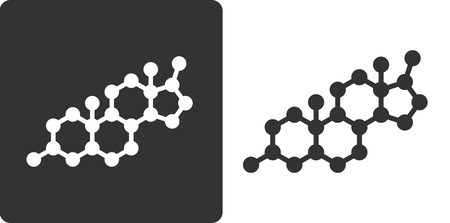
What is DHEA?
DHEA is used as bioidentical hormone replacement therapy for women in menopause. DHEA pellet implants provide a consistent release of the hormone for the best outcomes.
What are pellets?
Bioidentical hormone replacement therapy pellets are small, solid units that are slightly larger than a grain of rice. Pellets are placed under the skin and give a steady, consistent dose of the DHEA supplement.
Why are pellets recommended for DHEA supplementation?
- Pellets provide consistent healthy doses of DHEA for three to four months in women.
- With pellet supplementation, fluctuation of hormone levels, common with other forms of therapy, is avoided.
- Pellet therapy does not increase blood-clotting risk.
- Pellets provide better relief of menopausal symptoms than conventional hormone therapy.
- Pellets help to maintain bone density, improve sleep and sexuality.
- Patients who have experienced trouble with other forms of hormone therapy have had success with pellets.
What are the potential benefits for using DHEA supplementation?
- Bolster the adrenal gland to treat adrenal fatigue
- Strengthen the immune system
- Slow or reverse the aging process
- Ease mild to moderate depression
- Increase stamina/energy
- Improve mood and memory
- Improve muscle strength
- Decrease body fat
- Reduce fatigue
- Improve fibromyalgia
- Improve bone density
- Improve sexual function/libido
- Protect against Alzheimer’s disease
- Soothe menopausal symptoms
How are pellets placed beneath the skin?
When DHEA supplementation is done with pellet therapy, the pellet is usually inserted in the lower abdomen wall or the upper buttocks. The procedure is easy and fairly painless, usually only with a local anesthesia.
It is very important that your OB/GYN has good knowledge and experience with pellet therapy.
DHEA Supplementation with pellets – side effects from pellet insertion?
With DHEA supplementation with pellets there may be some minor side effects from inserting the pellet under the skin. Patients should not do any vigorous activity for 48 hours after the pellet has been inserted. Side effects include:
- Minor bleeding
- Discolored skin at the area of insertion
- In some cases infection or the pellet works its way back out
